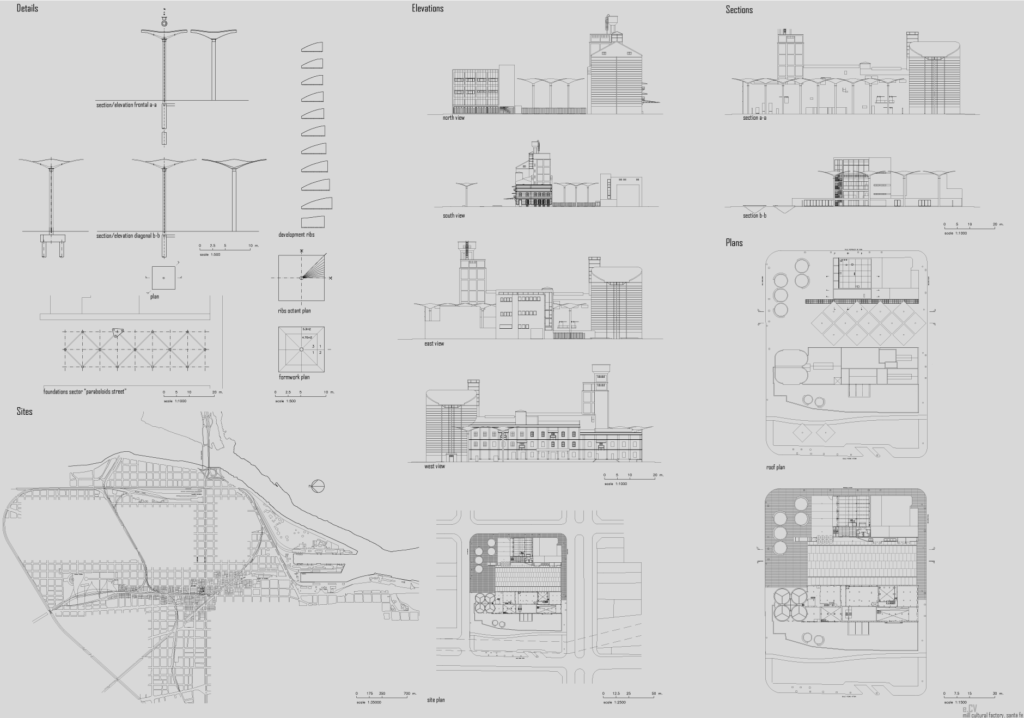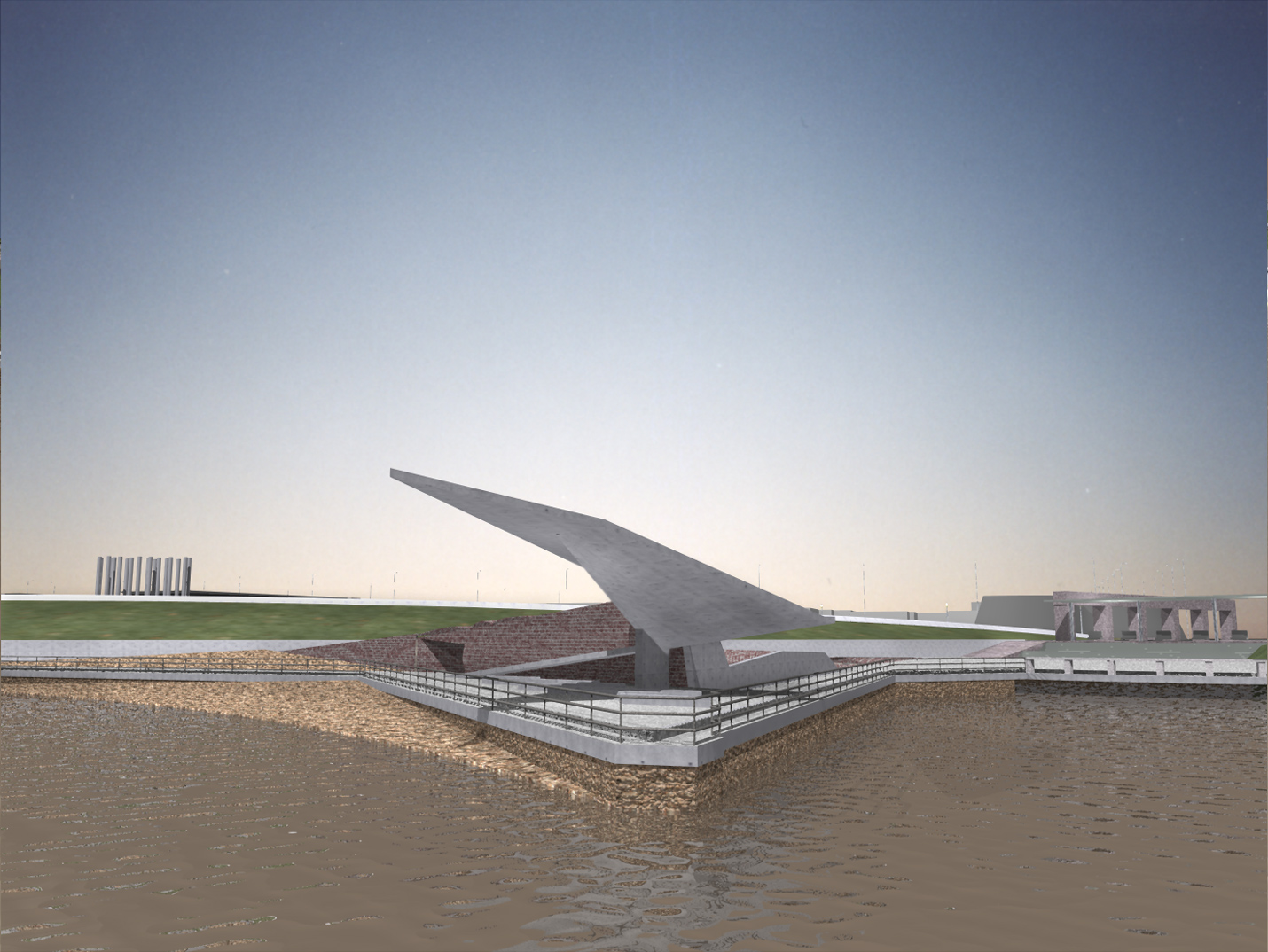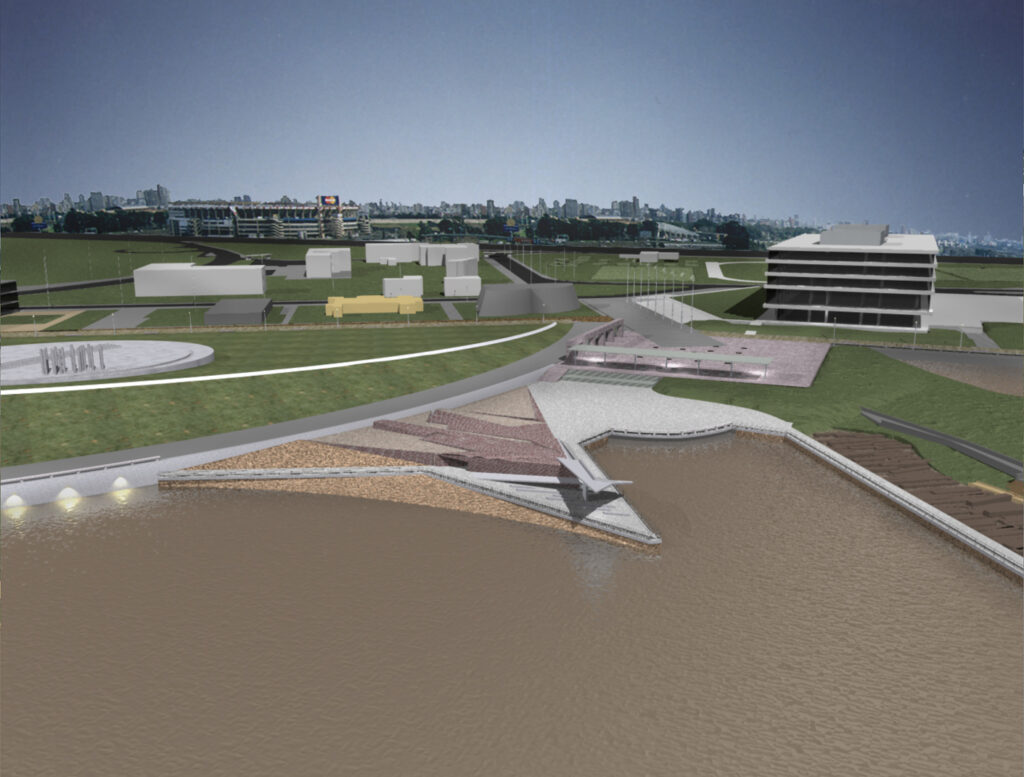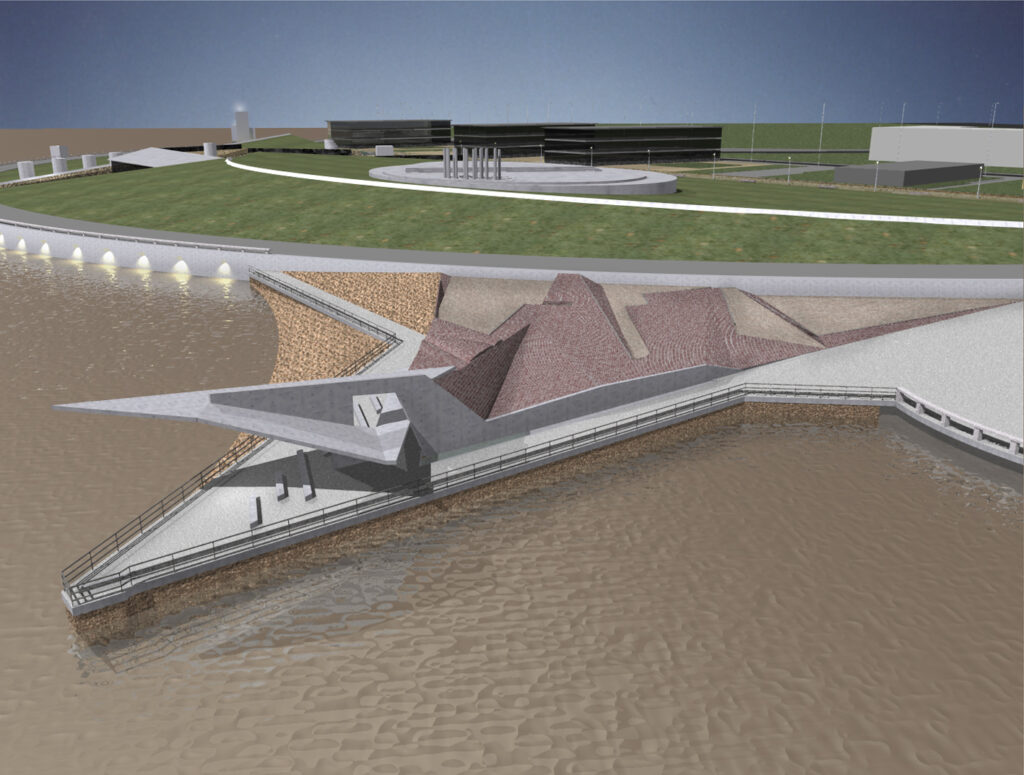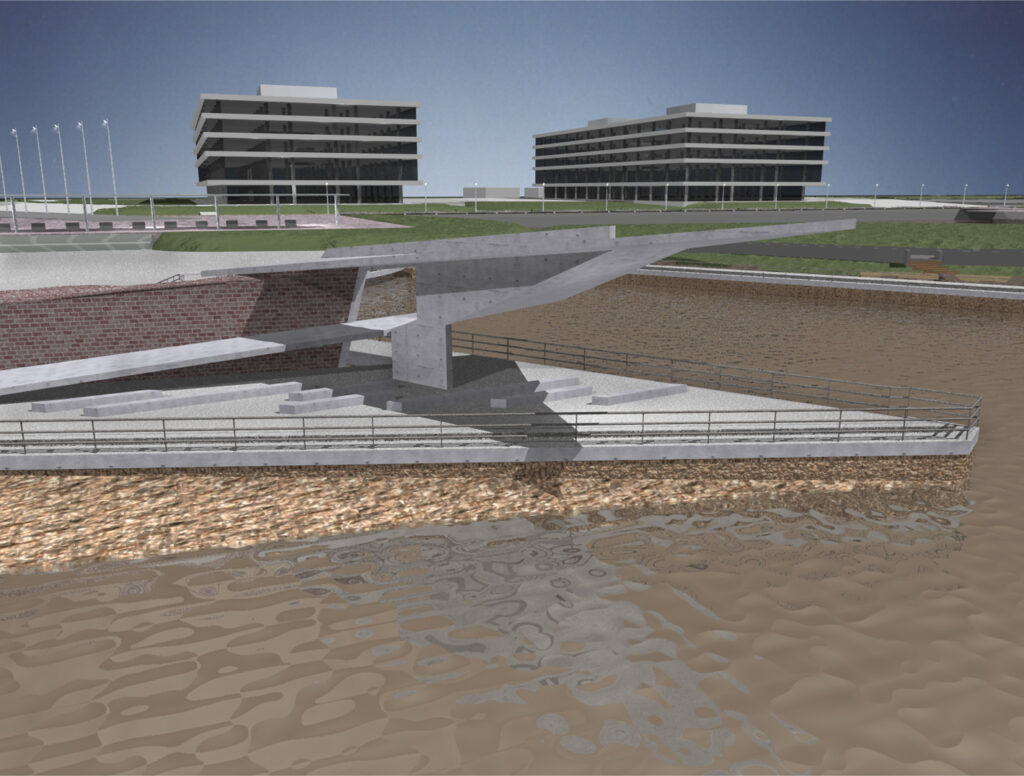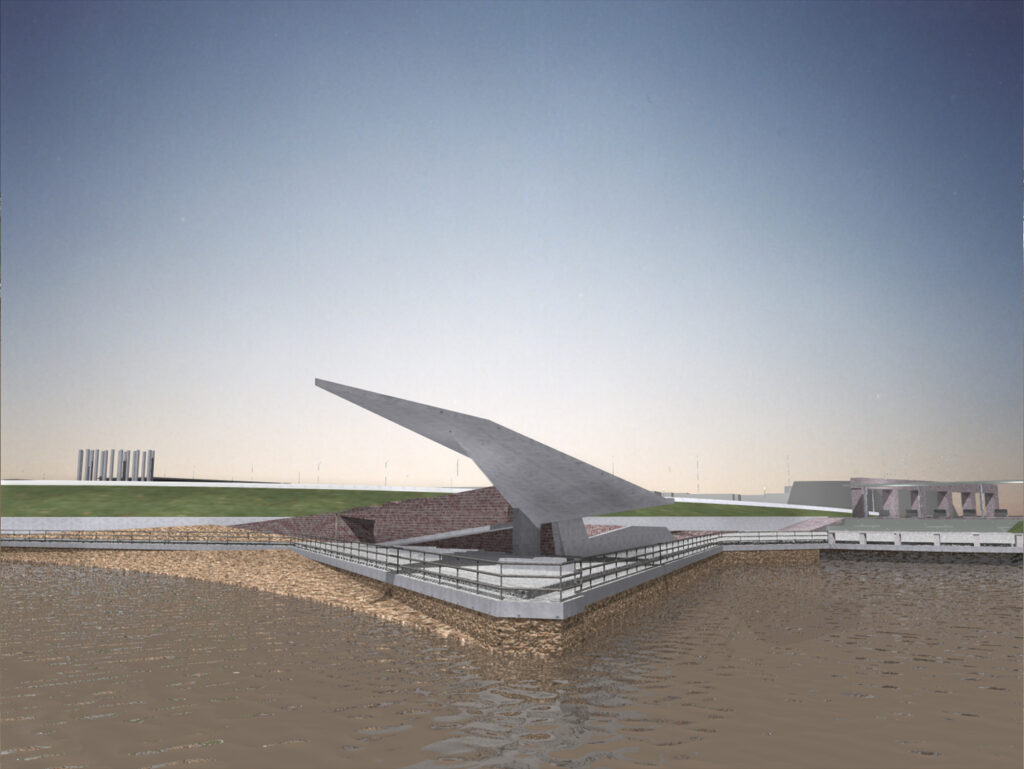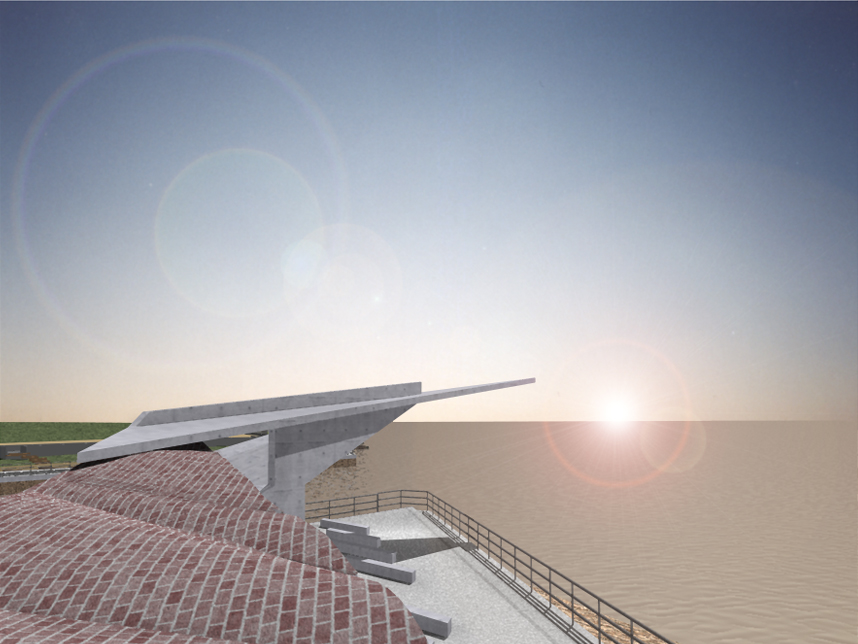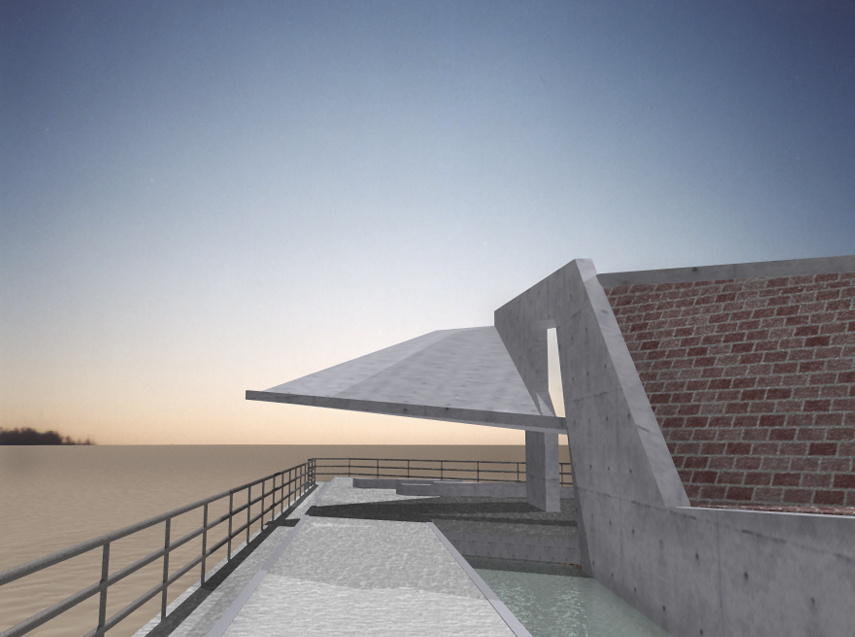mjs – Walk and Monument to the Righteous Saviors among Nations
Memory Park, City of Buenos Aires, Argentina [1998-04]
Argentine House in Jerusalem, a non-governmental organization in Argentina, has worked on behalf of interfaith dialogue since 1966. It was founded by Ernesto Segura, a pioneering figure in inter-religious dialogue in Argentina and first President of the Institution, along with Numo Werthein, Baruch Tenembaum, Jorge Luis Borges and Raúl Soldi. At present Baruch Tenembaum leads the association along with Oscar Vicente, Natalio Wengrower, Alejandro Romay and Sergio Renán. Bringing together Christians, Jews, Muslims and Protestants, believers and agnostics. The organization’s aim is to promote mutual respect and understanding among various people through educational and cultural activities.
Under the aegis of Argentine House in Jerusalem, the Raoul Wallenberg International Foundation proposed the Walk and Monument to the Righteous Among the Nations, an architectural work reflecting the institution’s message of peace while promoting intergroup contact through an accessible public space. Righteous Among the Nations is the title that Yad VaShem and the Supreme Court of Israel offer to anyone who, at risk of life and liberty, rescued Jews during the Shoah. As a Swedish Diplomat Raoul Wallenberg saved the lives of 100,000 Hungarians Jews from July of 1944 onwards. Less well known are the 15,670 Righteous Gentiles recognized by Israel. Citizens of 34 countries, each will be honored through this monument, each name listed according to country of origin.
The Walk and Monument to the Righteous Among the Nations will be built along the Rio de la Plata. The location is on the campus of the University of Buenos Aires, on the north side of the estuary that forms the Arroyo Vega stream. The site is an isolated triangular fragment of land, surrounded on two sides by the river, the third faces the Coastal Walk. The project resulted from an ideas competition for the university campus organized for the master planning and development of the area. It is integrated with the Memory Park containing the Monument to the Victims of State Terrorism and the Monument for Peace and Tolerance. But it also retains an independent character.
The Walk and Monument are juxtaposed to the immensity of the Río de la Plata horizon, providing a contemplative and spiritual dimension in accordance with the ideals of the Institution: through dialogue and understanding, peace among persons of different creeds may be enhanced. At the same time the monument pays homage to the people from various nations who saved thousands of Jews from certain death during the Shoah.
The Walk and Monument to the Righteous Among Nations comprises various well defined though integrated elements: a lateral pathway surrounds the monument, separated in its initial section by a channel of water and a low ascending concrete wall placed as a dividing line of attitudes, which when crossed accesses the Path of the Just, developed through smooth land movements in the form of earthwork or terraces, wide paths that are sunk in the quiet elevations of the land, elevating slowly through parallel paths to the edge of the river, hidden in moments by successive horizon, discovering, in the extensive fluctuant and dense mass of thousands of specially fired bricks that compose the reddish brown paving and containing the individual names of the 15,670 Righteous Among the Nations.
The final segment is an undulating ceramic floor forming vaults that house the precinct room. The structure faces Jerusalem, but it fronts on the river promoting contemplation of the boundless horizon of water. Arising from it is a Monumental Assembly—-three pieces of concrete (an access ramp, a great inclined platform, and a descending ramp), in tension with each other but in mutual support. Then the passage continues, descending on one side precisely underneath and delineated triangularly by this Assembly, to the Space of Encounter, a flat platform with seating in oblique rows oriented to the horizon and toward Jerusalem. It is a place of confluence of the three world religions, designed like a small open air ecumenical chapel—-although protected under the monument—-with the capacity to hold more than 200 people.
On the opposite side of the ramp is access to the Precinct of the Just, a more restricted and semi-buried room, almost in penumbra and empty—-a space for private meditation and reflection. A sharply descending ramp leads toward the north Commemorative Mural (supporting the elevated Monumental Assembly) where light penetrates through the fracture between the vaulted ceiling and the ramp, joining the rain water of the terraces of the Just rising from the lateral channel passing beneath the wall. Here, engraved in the concrete, are the names of the 15,670 Righteous Gentiles. Returning to the exterior, and continuing along the initial pathway, is the small Stone Shore, dissipating the finite presence of the Just, and extending it. The path continues with its low walls immersed beneath the river water. This place of stillness, as the water with which it makes contact, remains protected by the high wall of stone that forms the Coastal Walk terrace of the Memory Park.
The Project seeks to become part of the Río de la Plata, nourished by its inexorable force, its immanent soulful character, and its seeming solid stillness, of slow but sure, definitive movement. It adopts a sense of being at the edge, of risk, of oneself for the other.
Status: Design Development, On Hold
Construction Budget: US $250,000
Design: Claudio Vekstein in collaboration with Nora Vitorgan Maltz, Archs
Design Assistants: Ariel Jacubovich, Frank Arnold, Pablo Peirano, Santiago Bozzola, Malca Mizrahi, Colin Billings, Renders: Atilio Pentimalli, Archs
Client: International Raoul Wallemberg Foundation and Government of the City of Buenos Aires
Location: Memory Park, Campus of Buenos Aires University (UBA), City of Buenos Aires, Argentina
Area: 1 Ha
